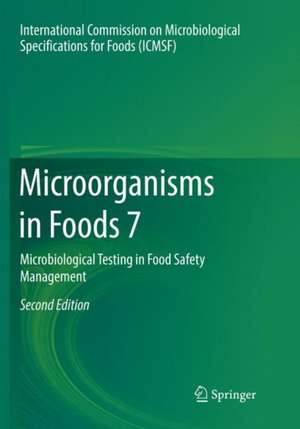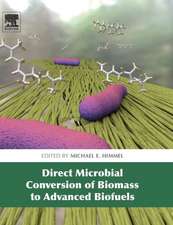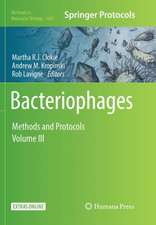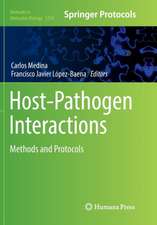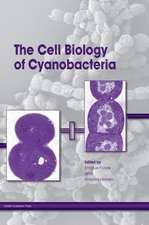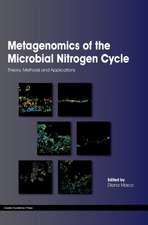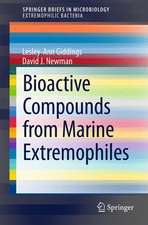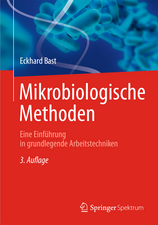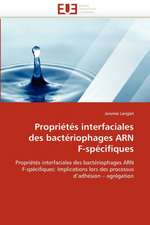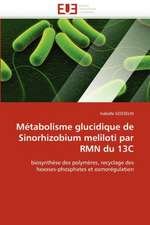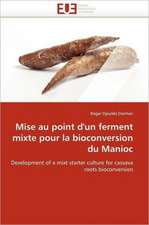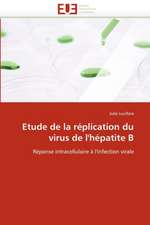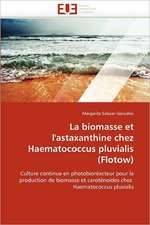Microorganisms in Foods 7: Microbiological Testing in Food Safety Management
Autor International Commission on Microbiological Specifications for Foodsen Limba Engleză Paperback – 26 dec 2018
Guidelines for establishing effective management systems for control of specific hazards in foods are also addressed, including new examples for pathogens and indicator organisms in powdered infant formula, Listeria monocytogenes in deli-meats, enterohemorrhagic Escherichia coli in leafy green vegetables, viruses in oysters and Campylobacter in poultry. In addition, a new chapter on application of sampling concept to microbiological methods, expanded chapters covering statistical process control, investigational sampling, environmental sampling, and alternative sampling schemes.
The respective roles of industry and government are also explored, recognizing that it is through their collective actions that effective food safety systems are developed and verified. Understanding these systems and concepts can help countries determine whether imported foods were produced with an equivalent level of protection.
Microorganisms in Foods 7 is intended for anyone using microbiological testing or setting microbiological criteria, whether for governmental food inspection and control, or industrial applications. It is also intended for those identifying the most effective use of microbiological testing in the food supply chain. For students in food science and technology, this book provides a wealth of information on food safety management principles used by government and industry, with many references for further study.
The information was prepared by the International Commission on Microbiological Specifications for Foods (ICMSF). The ICMSF was formed in response to the need for internationally acceptable and authoritative decisions on microbiological limits for foods in international commerce. The current membership consists of fifteen food microbiologists from twelve countries, drawn from government, universities, and food processing and related industries.
| Toate formatele și edițiile | Preț | Express |
|---|---|---|
| Paperback (1) | 1152.90 lei 38-44 zile | |
| Springer International Publishing – 26 dec 2018 | 1152.90 lei 38-44 zile | |
| Hardback (1) | 1569.54 lei 38-44 zile | |
| Springer International Publishing – 8 mar 2018 | 1569.54 lei 38-44 zile |
Preț: 1152.90 lei
Preț vechi: 1497.28 lei
-23% Nou
Puncte Express: 1729
Preț estimativ în valută:
220.64€ • 229.50$ • 182.15£
220.64€ • 229.50$ • 182.15£
Carte tipărită la comandă
Livrare economică 09-15 aprilie
Preluare comenzi: 021 569.72.76
Specificații
ISBN-13: 9783030098353
ISBN-10: 3030098354
Pagini: 479
Ilustrații: XXIII, 479 p. 83 illus., 27 illus. in color.
Dimensiuni: 178 x 254 mm
Greutate: 1 kg
Ediția:Softcover reprint of the original 2nd ed. 2018
Editura: Springer International Publishing
Colecția Springer
Locul publicării:Cham, Switzerland
ISBN-10: 3030098354
Pagini: 479
Ilustrații: XXIII, 479 p. 83 illus., 27 illus. in color.
Dimensiuni: 178 x 254 mm
Greutate: 1 kg
Ediția:Softcover reprint of the original 2nd ed. 2018
Editura: Springer International Publishing
Colecția Springer
Locul publicării:Cham, Switzerland
Cuprins
Microbiological Hazards and their Control.- Evaluating Risks and Establishing Food Safety Objectives and Performance Objectives.- Meeting FSO and PO through Control Measures.- Selection and Use of Acceptance Criteria.- Establishment of Microbiological Criteria.- Concepts of Probability and Principles of Sampling.- Sampling Plans.- Selection of Cases and Attributes Plans.- Sampling, Sample Handling, Sample Analysis and Laboratory Quality Assurance.- Impact of Sampling Concepts on the Effectiveness of Microbiological Methodologies.- Tightened, Reduced and Investigational Sampling.- Sampling to Assess Control of the Environment.- Statistical Process Control.- Aflatoxins in Peanut.- Pathogens and Indicator Organisms in Powdered Infant Formula.- Listeria monocytogenes in Ready-to-eat Deli-meats.- Enterohemorrhagic Escherichia coli on Fresh-cut Leafy Vegetables.- Viruses in Oysters.- Campylobacter in Chicken Meat.
Notă biografică
The ICMSF functions as a small "working group", not a forum for the reading of papers or political debate. We are an action-oriented group with a history of evaluating issues and making timely contributions on newly emerging food safety concerns. The Commission has performed in-depth studies on all essential aspects relating to microbiological specifications for foods such as: methods of analysis, sampling plans, and microbiological limits. In recent years, the Commission has worked to improve the microbiological safety of food through its books and other scientific publications, by participating in symposia and workshops, recommending sampling plans and microbiological criteria, and defining and promoting the use of GHP, HACCP and other systems of managing food safety.
Members, as well as consultants, are selected based on their technical expertise, not as national delegates. All work is voluntary and without honoraria.
Members, as well as consultants, are selected based on their technical expertise, not as national delegates. All work is voluntary and without honoraria.
Textul de pe ultima copertă
The second edition of Microorganisms in Foods 7: Microbiological Testing in Food Safety Management updates and expands on information on the role of microbiological testing in modern food safety management systems. After helping the reader understand the often confusing statistical concepts underlying microbiological sampling, the second edition explores how risk assessment and risk management can be used to establish goals such as a “tolerable levels of risk,” Appropriate Levels of Protection, Food Safety Objectives or Performance Objectives for use in controlling foodborne illness. Guidelines for establishing effective management systems for control of specific hazards in foods are also addressed, including new examples for pathogens and indicator organisms in powdered infant formula, Listeria monocytogenes in deli-meats, enterohemorrhagic Escherichia coli in leafy green vegetables, viruses in oysters and Campylobacter in poultry. In addition, a new chapter on application of sampling concept to microbiological methods, expanded chapters covering statistical process control, investigational sampling, environmental sampling, and alternative sampling schemes.
The respective roles of industry and government are also explored, recognizing that it is through their collective actions that effective food safety systems are developed and verified. Understanding these systems and concepts can help countries determine whether imported foods were produced with an equivalent level of protection. Microorganisms in Foods 7 is intended for anyone using microbiological testing or setting microbiological criteria, whether for governmental food inspection and control, or industrial applications. It is also intended for those identifying the most effective use of microbiological testing in the food supply chain. For students in food science and technology, this book provides a wealth of information on food safety management principles used by governmentand industry, with many references for further study.
The information was prepared by the International Commission on Microbiological Specifications for Foods (ICMSF). The ICMSF was formed in response to the need for internationally acceptable and authoritative decisions on microbiological limits for foods in international commerce. The current membership consists of fifteen food microbiologists from twelve countries, drawn from government, universities, and food processing and related industries.
The respective roles of industry and government are also explored, recognizing that it is through their collective actions that effective food safety systems are developed and verified. Understanding these systems and concepts can help countries determine whether imported foods were produced with an equivalent level of protection. Microorganisms in Foods 7 is intended for anyone using microbiological testing or setting microbiological criteria, whether for governmental food inspection and control, or industrial applications. It is also intended for those identifying the most effective use of microbiological testing in the food supply chain. For students in food science and technology, this book provides a wealth of information on food safety management principles used by governmentand industry, with many references for further study.
The information was prepared by the International Commission on Microbiological Specifications for Foods (ICMSF). The ICMSF was formed in response to the need for internationally acceptable and authoritative decisions on microbiological limits for foods in international commerce. The current membership consists of fifteen food microbiologists from twelve countries, drawn from government, universities, and food processing and related industries.
Caracteristici
Internationally recognized guide for mastering the often arcane statistical basis for understanding and effectively using microbiological testing Provides a series of examples of how risk analysis techniques can be used to relate microbiological criteria to public health outcomes A unique resource for practical guidance for using the right microbiological sampling approach to address the food safety and food quality issues facing industry and governments
